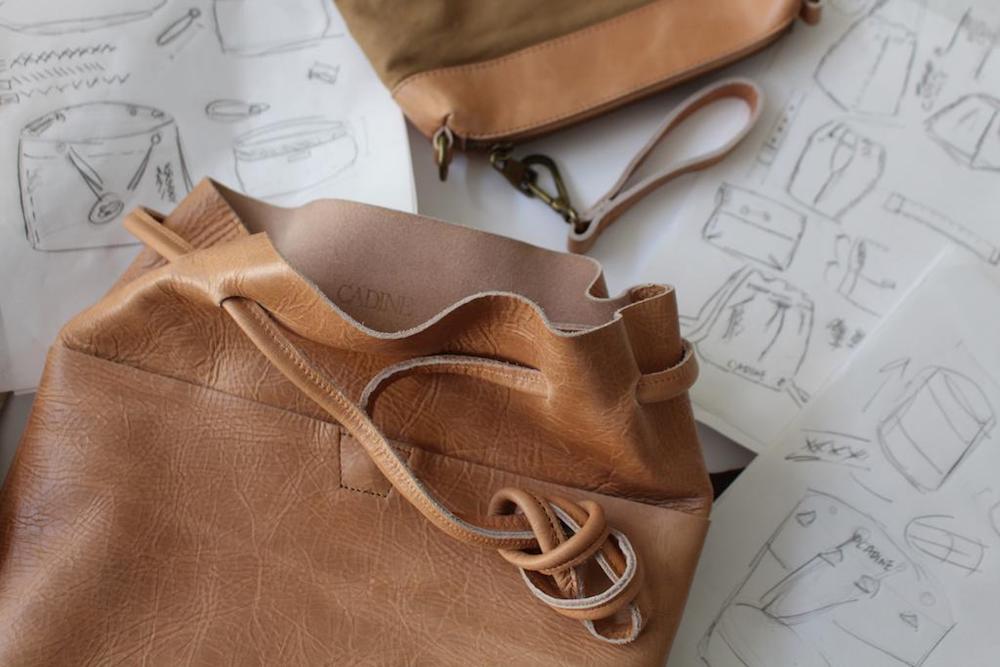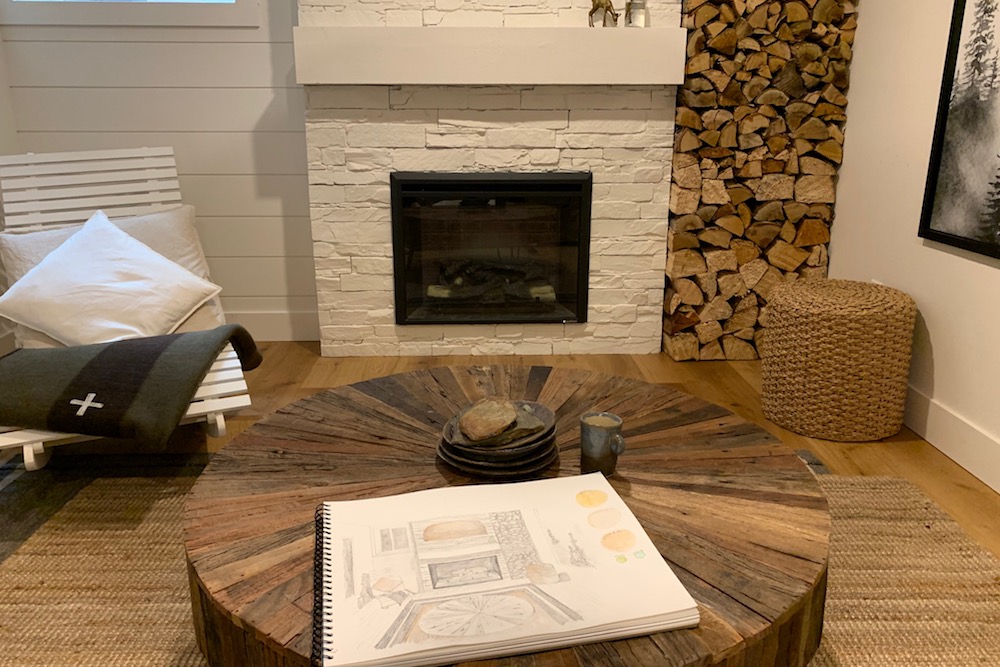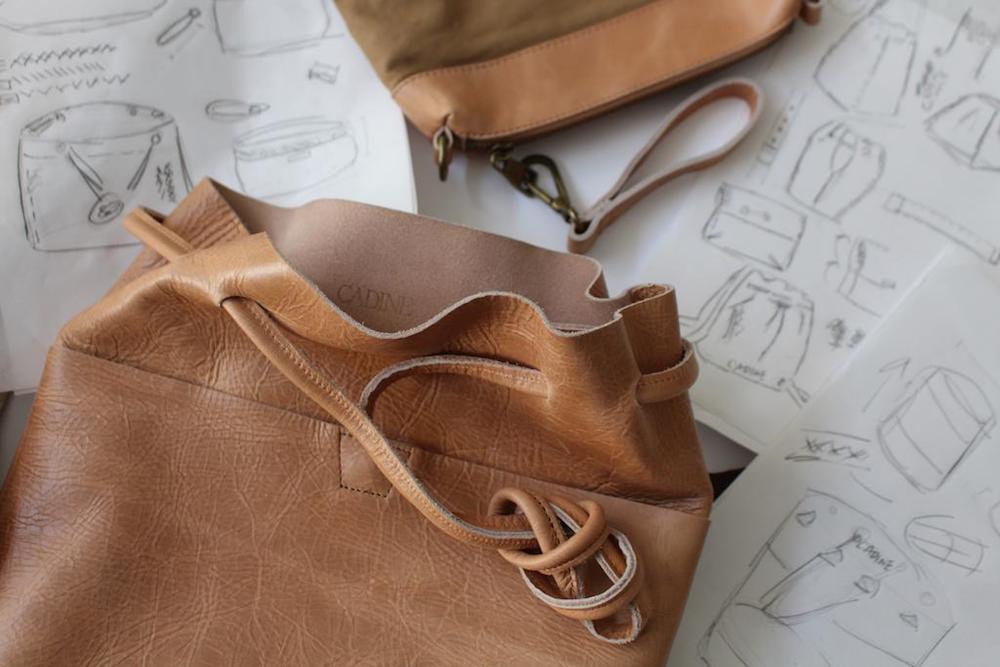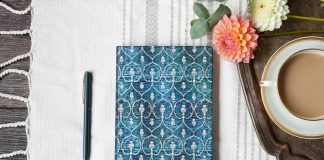Being a creative entrepreneur takes courage and resilience, endless nights and busy days. It also requires wearing many hats and learning new skills or honing existing ones. One thing is for sure, though: it needs a great deal of passion. What oftentimes begins with a dream or an idea soon turns into a sketch – the outline of a new product, the blueprint of a new space or the layout of a photoshoot – and as you probably know by now, we are always excited to peek inside a sketchbook. We spoke with three Canadian entrepreneurs to learn about how they use a sketchbook for their creative process. Here is what they shared with us.
Cadine, British Columbia

A considered collection for the inspired heart and home, Cadine is a lifestyle brand that creates sophisticated and timeless pieces made of natural materials steeped in long-standing craftsmanship. Their house brand consists of comforting staples for the everyday that are aesthetically pure and crafted to last a lifetime; and their hands-on approach to design has brought them around the globe to connect with like-minded individuals and companies who share in their brand values.
“There is something about a tactile sketchbook that brings out the spirit of what we are designing,” says Esther Li from the Cadine design team. “This is particularly true when creating our bags, shoes and homewares. When inspiration hits, you can quickly grab a pen and pad to jot out those organic striations of a particular type of leather or the natural curves of foliage that will go on to influence the shapes and textures of our next piece. Having the ability to flip back and forth in the tangible fashion of a sketchbook allows us to tell a complete story in our designs.”
Süßka Bear Designs, Manitoba

Miranda Mittelstet is the founder of Süßka Bear Designs, a collection of timeless, hand-stitched felt toys. With a Bachelor in Fine Arts and Bachelor in Education, Miranda loves creating arts and crafts, and seeing the joy it brings to others. Although she loves to draw, she says that sketching was her least favourite part about art class and if she could, she would avoid sketching altogether. We’ve never met someone who disliked sketching so we couldn’t pass up the opportunity to include her unique perspective here. “It’s like I’ve already sketched my idea in my mind,” says Miranda, “and I just need to get right to the final copy. I love having sketchbooks, but I don’t think I own a single one that doesn’t have a bunch of blank pages in it. For Süßka Bear Designs, however, it’s a must. I don’t want any mistakes when it comes to the final product.”
Retro.Greyed, British Columbia

Retro.Greyed was born of a shared love for vintage décor and interior design (and shopping!). Alexandra and Stephanie Ross come from a family of creatives and entrepreneurs, so it was only natural for them to start a business based on something that they love to do. While initially the business was focused on refinishing furniture, the venture has evolved to selling affordable vintage items and previously loved décor. With an aim to help save the planet one piece at a time, the sisters enjoy the process of hand-picking items they think will add a unique element to anyone’s space.
As their own homes are used as the backdrop for the listing photos, they are a huge part of the business and Alexandra and Stephanie love to design the spaces themselves. “In our design process we love to sketch our ideas before we start,” explains Alexandra. “There is something about putting it on paper that makes the process less muddy and more clear. The vision is there. Sketching is definitely an important step in our design timeline.”
So, there you have it. Being an entrepreneur means doing everything for your business, caring about the smallest detail and even the most tedious task. And that love, that passion, shows through in the work of these (and many other) entrepreneurs.
Are you a maker or an entrepreneur? Let us know how you document your creative process. We’d love to hear about it!





